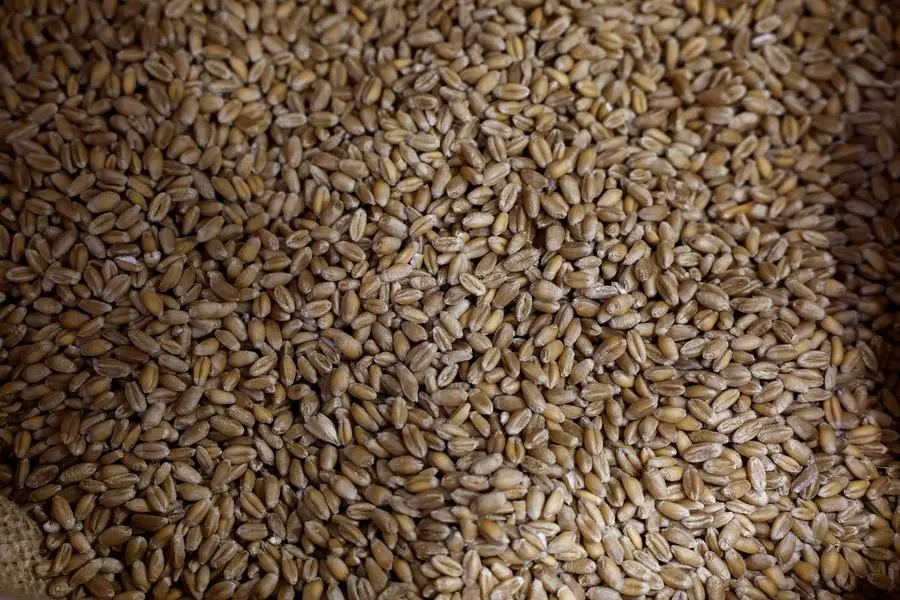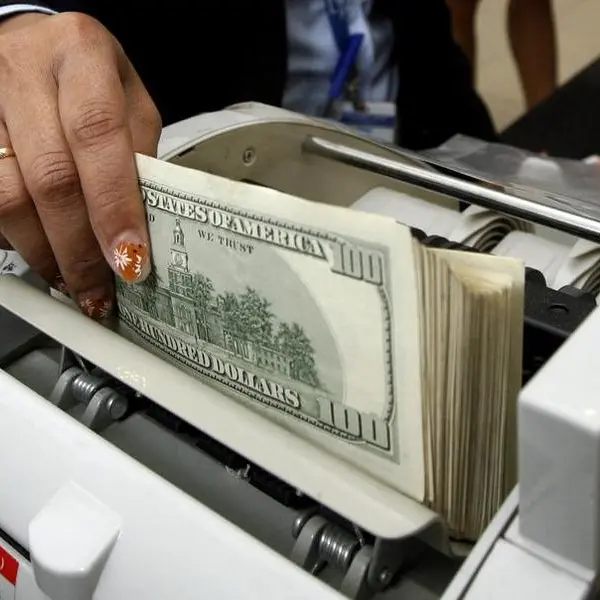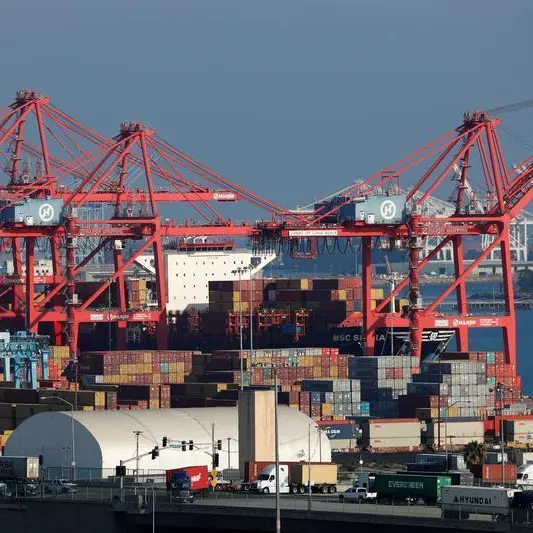PHOTO
(The opinions expressed here are those of the author, a market analyst for Reuters.)
NAPERVILLE, Illinois - The bumper U.S. corn and soybean crops are up for revision again on Friday when the U.S. Department of Agriculture issues its next round of monthly supply and demand data.
Unlike in past Octobers, adjustments to U.S. corn and soybean acres are not on the table this time around, meaning any production surprises would have to come from yield.
The trade remains comfortable with the idea of record U.S. corn and soybean yields heading into this month’s report, which is typically headlined by the U.S. crops.
But a slew of other weather-driven topics have grabbed attention in the market, such as soybean planting in Brazil and dryness for wheat in the Southern Hemisphere as well as in Russia. These items also warrant an eye on Friday.
YIELD SURPRISE?
On average, industry analysts peg U.S. corn yield at 183.4 bushels per acre, down slightly from 183.6 in September. Soybean yield is projected at 53.1 bpa, just below last month’s 53.2.
Surprises can never be ruled out, but analysts have been good at anticipating U.S. corn yields in recent Octobers. USDA’s figure has come within 0.5% (less than 1 bpa) of the average trade guess in the past five years.
Analysts have also had October soybean yield reasonably well-pegged, as the last time USDA’s yield landed 1 bpa or more away from the average trade guess was in 2011. Percentage-wise, the deviation since 2011 has exceeded 1% only twice (2012, 2022).
The trade tends to overestimate soybean yield in October, as the average trade guess was equal to or larger than USDA’s print in eight of the last 10 years (not 2020 or 2021).
The opposite trend is true for corn, but by a lesser degree. The average analyst estimate was higher than USDA’s yield in four of the last 10 Octobers.
Some traders have wondered whether widespread dryness across the U.S. Corn Belt late in the season has clipped yields, but USDA’s month-ago estimates showed no evidence of that.
It is still early in the corn harvest, though most Crop Watch soybean fields have done as expected or better thus far. Three more soy fields were harvested over the past couple of days, and two of them met yield expectations while the third exceeded them.
INTERNATIONAL SPOTLIGHT
Dryness in Brazil’s top producer Mato Grosso has held the state’s soybean planting to the slowest pace in nine years, but decent rains should be in store for the rest of the month.
Although it often remains unchanged, USDA in recent Octobers has only raised – never lowered – Brazil’s soybean crop, usually driven by larger area outlooks from Brazil’s statistics agency, Conab.
Last month, USDA had Brazil’s 2024-25 harvested soybean area at 47.3 million hectares (116.9 million acres), and Conab days later pegged planted area at 47.4 million hectares.
If anything, this could be an upward force on USDA’s already hefty 169 million-tonne peg for Brazil’s upcoming soy harvest, possibly padding global soy stocks even further. But USDA’s assumptions already imply a greater year-on-year jump in Brazil’s soy area versus Conab’s figures.
Relative to demand, wheat supplies in major exporting countries are set for 17-year lows in 2024-25, and that outlook could tighten further this month based on weather troubles in multiple regions.
Industry production estimates for wheat in Argentina and Australia, the last to harvest 2024-25 crops, have recently been trimmed from prior expectations. Russia on Thursday also revised its 2024-25 wheat output downward.
As of last month, USDA pegged 2024-25 global wheat production up 0.8% on the year to a new record, but output across major exporters was seen falling 1.1% to a five-year low.
Extreme drought has recently hampered winter wheat planting across Russia, but this pertains to the 2025-26 crop, and USDA will not release those official outlooks until May.
Decent rains are seen moving across Russian wheat regions next week, though if things do not permanently turn around for the top wheat exporter, the 2025-26 global balance sheet could be as thin or thinner than this year’s. Karen Braun is a market analyst for Reuters. Views expressed above are her own.
(Writing by Karen Braun Editing by Matthew Lewis)























